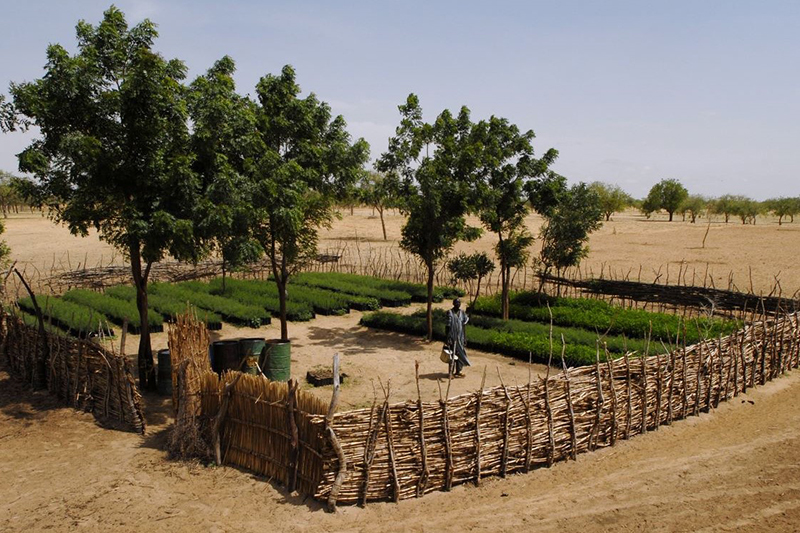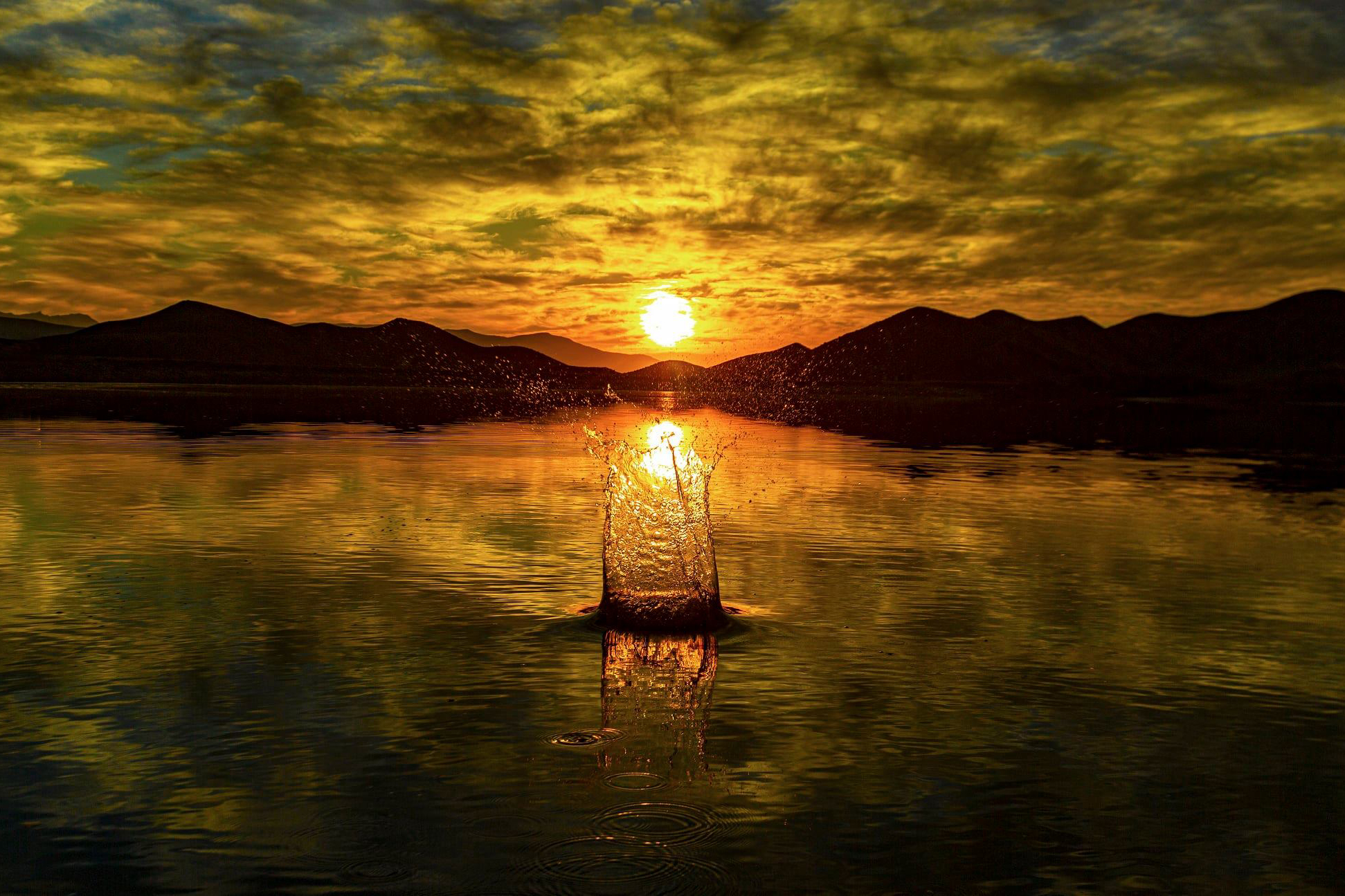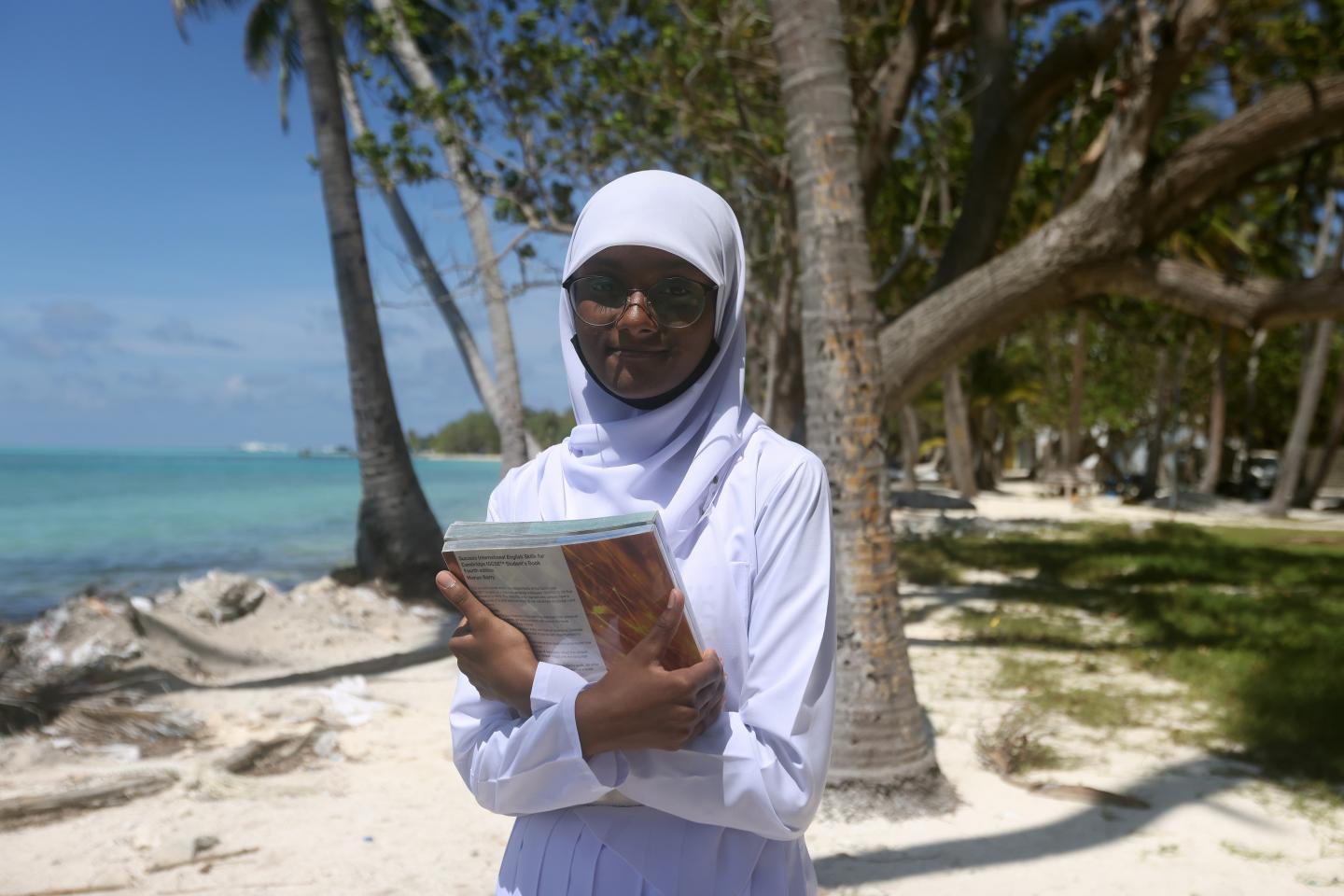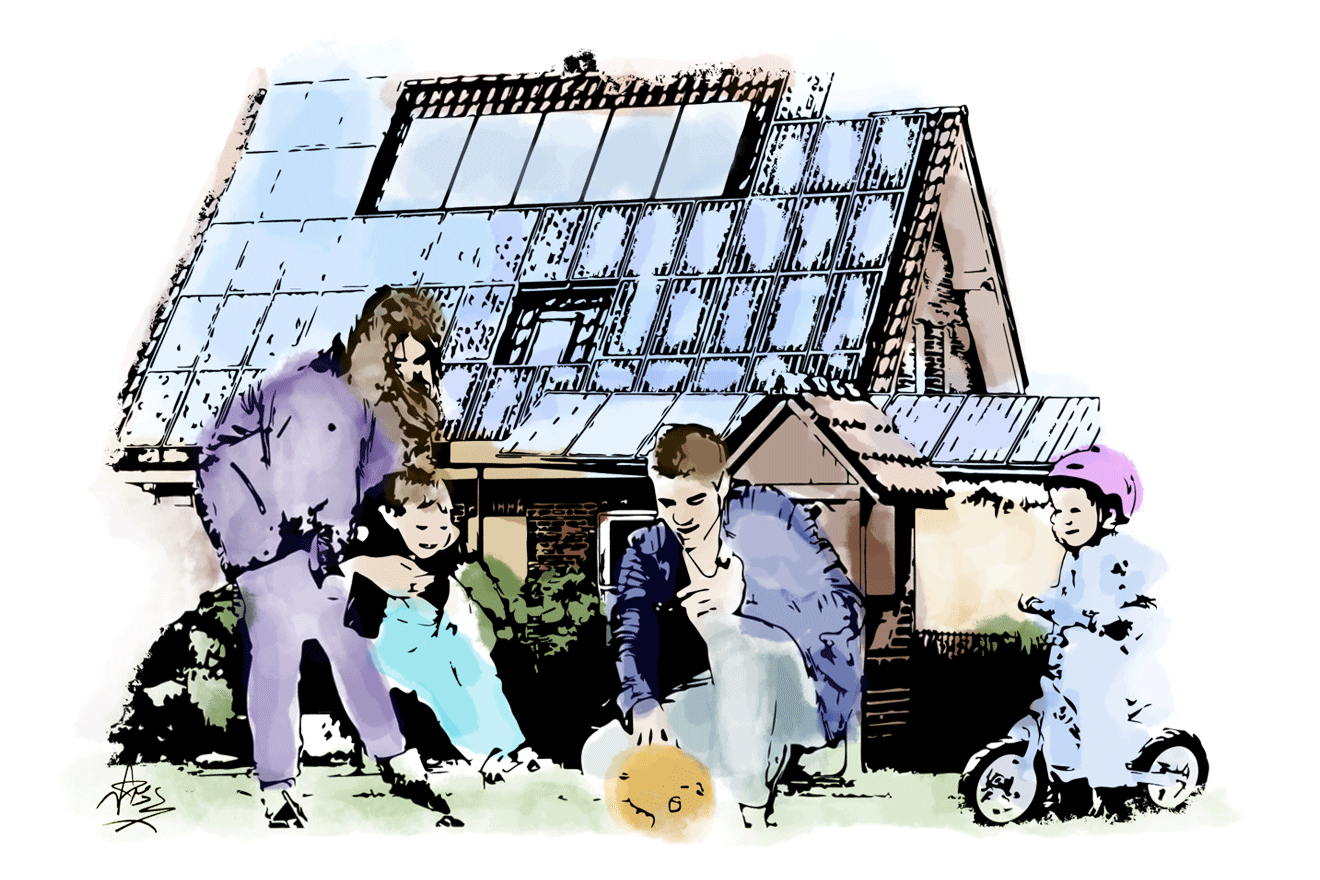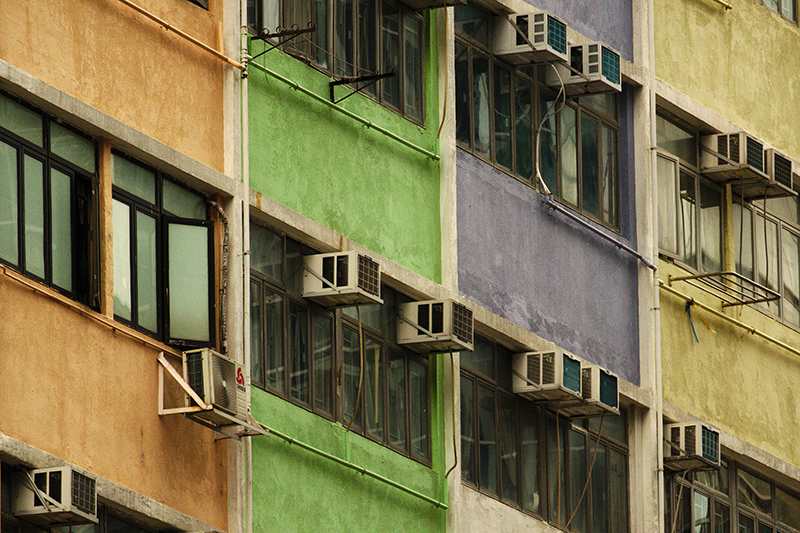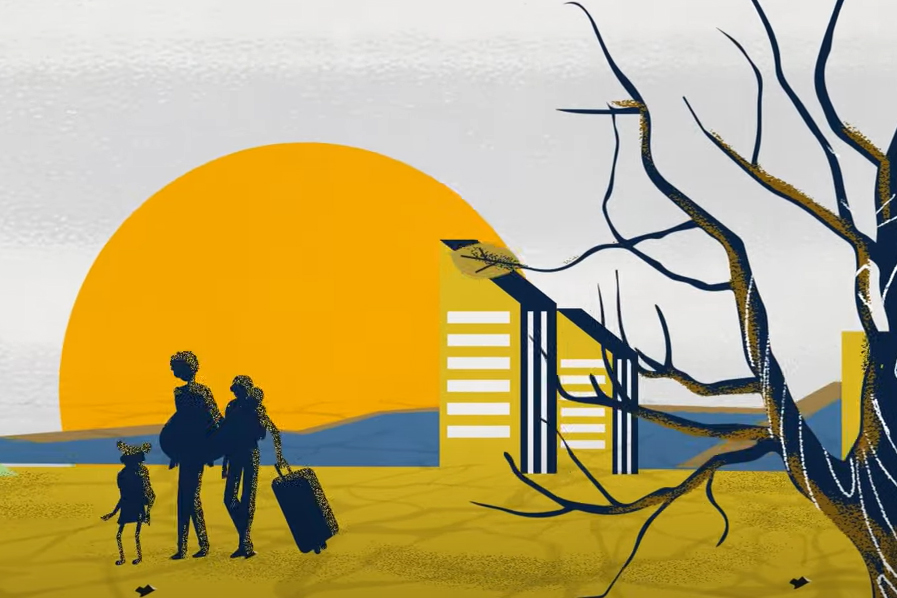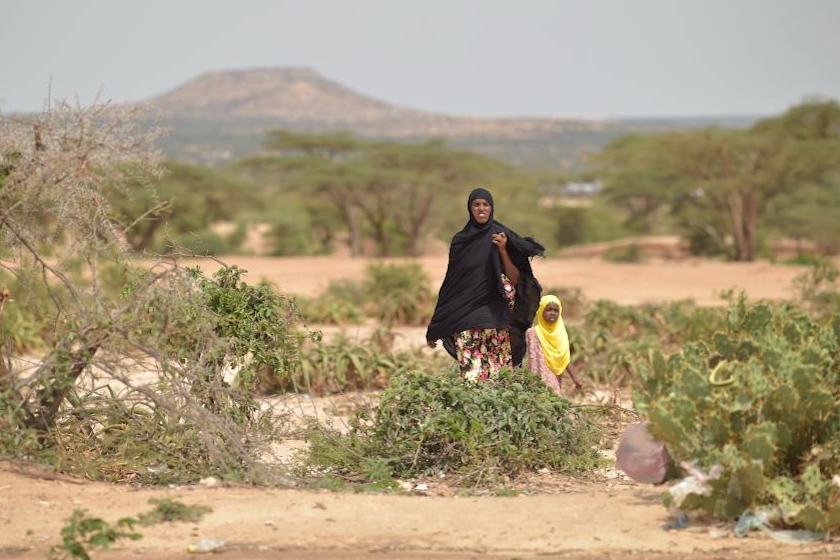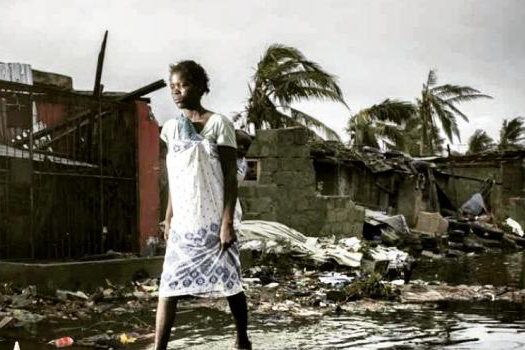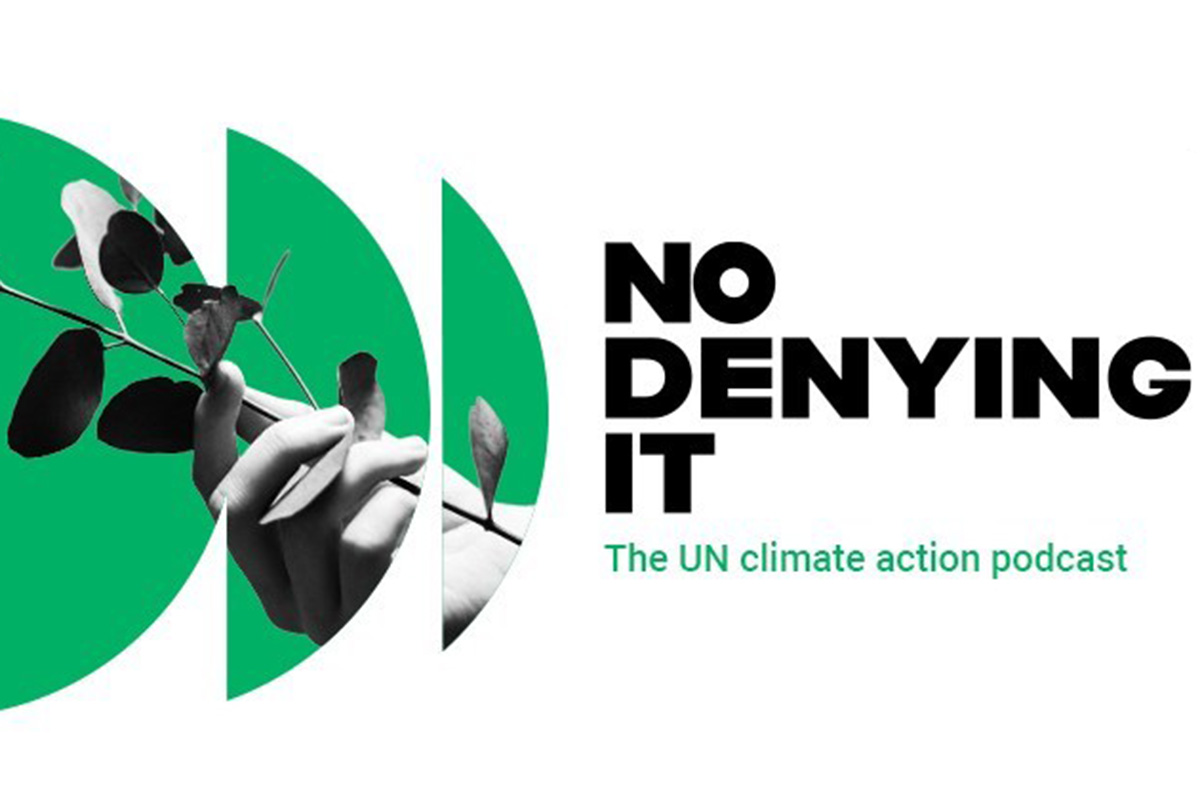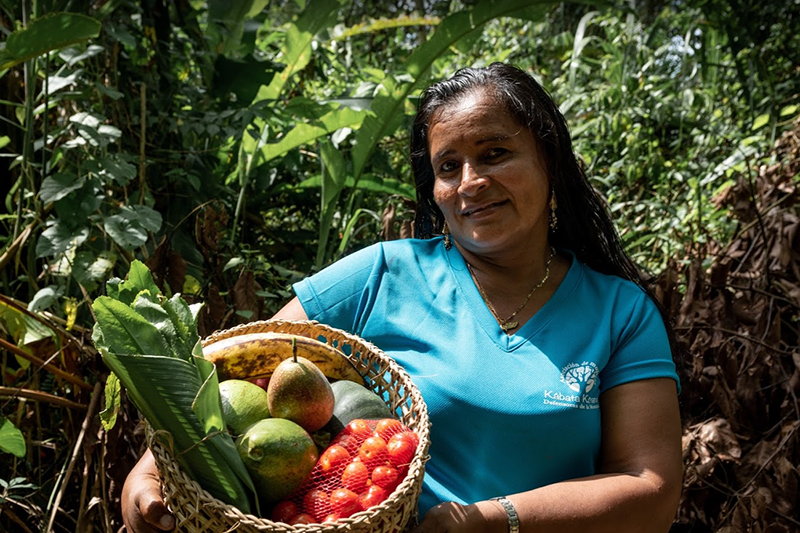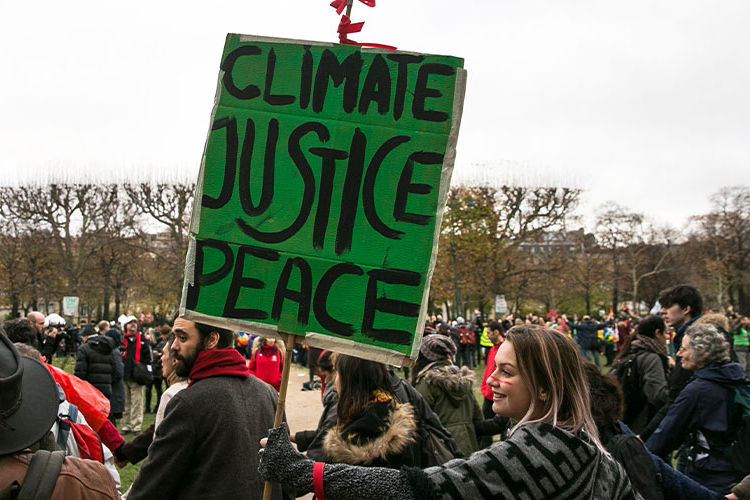2021 was dominated by two crises that the world could not ignore – COVID-19 and global heating. From unprecedented floods in Germany, to out of control fires in California and Greece, extreme weather increased in intensity and frequency. The pandemic laid bare other inequalities. Rich countries hoarded vaccines and poor countries went without. Global food systems struggled to cope with the twin crises. The digital divide became more pronounced; the pandemic also showed that we can change quickly, but only if we have the resources and the vision.
Climate
IFAD answers why and how the world’s poorest rural dwellers should be helped to adapt to the changing climate.
WMO has shortlisted 60 photos, based on technical and artistic merit, and published them on Facebook and Instagram, where you can vote for your favourites. They show the amazing power and beauty of our weather and our natural surrounds and illustrate the theme of World Meteorological Day 2022, Early Warning and Early Action. Winning entries will feature in the WMO 2022 online calendar.
At the end of 2020, around 7 million people in 104 countries and territories were living in displacement as a result of disasters that happened not only in 2020, but also in previous years.
The UN Climate Conference – COP26 – has wrapped up in Glasgow, with a new agreement to limit global heating. It has been described by UN Secretary-General António Guterres as an important step, “but not enough.” “We must accelerate climate action to keep alive the goal of limiting global temperature rise to 1.5 degrees,” he said. 1.5 is the biggest small number of our lifetime. Scientific consensus says we cannot have a healthy planet with a temperature increase higher than 1.5°C. We are already at 1.2°C.
“When there are floods, we take our shoes and socks off and put them in our school bags,” says Fathimath. “We have to wade through the water to our classrooms.” Fathimath’s school is on a small island about a 45-minute boat ride from Male, the capital of Maldives – and just 30 metres from the ocean. The only thing protecting the school from rising sea levels are a handful of coconut palms, some of which have already collapsed into the sea, and a line of sandbags packed under the school’s main gate. Even with this precaution, the area still floods a few times a year, covering the school courtyard.
The theme for this year’s World Habitat Day, Accelerating Urban Action for a Carbon-Free World, recognizes that cities are responsible for some 70 percent of global carbon dioxide emissions with transport, buildings, energy, and waste management accounting for the bulk of urban greenhouse gas emissions. Events and activities during World Habitat Day will explore how national, regional and local governments and organizations, communities, academic institutions, the private sector and all relevant stakeholders can work together to create sustainable, carbon-neutral, inclusive cities and towns.
Malaysia is helping to protect the ozone layer by taking measures to control total global production and consumption of substances that deplete it.
People pack up and leave their homes for many reasons – economic, social, political – and these drivers are often interconnected. A more complete picture of patterns of mobility must now include those moving due to climate change – a trend expected to increase over time - as people journey from one part of their countries to another. Over 216 million people could move within their countries by 2050 across six regions, according to the World Bank’s latest Groundswell report.
No one escapes the harrowing, heartbreaking consequences of climate change, and the number of people needing humanitarian assistance will double by 2030 because of it. This isn’t a competition on who suffers most when nature responds violently to the abuses perpetrated by mankind. But vulnerable and marginalized groups like women – who make up the majority of the global poor and whose livelihoods are largely dependent on natural resources among other risk factors – are exposed to particular calamities.
A disaster related to a weather, climate or water hazard occurred every day on average over the past 50 years – killing 115 people and causing US$ 202 million in losses daily, according to a comprehensive new report from the World Meteorological Organization. The number of disasters has increased by a factor of five over the 50-year period, driven by climate change, more extreme weather and improved reporting. But, thanks to improved early warnings and disaster management, the number of deaths decreased almost three-fold.
Debuting August 26, 2021.
No Denying It, the UN climate action podcast, brings you the voices of young climate changemakers from across our warming planet. These activists, engineers, and entrepreneurs show us how we can make big changes - in our homes, our jobs, where we pray, and with our family and friends.
Listen and subscribe on Apple Podcast , Spotify, Castbox, Google Podcast, or wherever you get your podcasts.
This year's prize honours trailblazing Indigenous and local solutions for people and planet, including the Asociación de Mujeres Indígenas del Territorio Cabécar Kábata Könana, in Costa Rica.
Learning is key to finding solutions and creating a more sustainable world. We must change the way we live and care for our planet. Join UNESCO’s campaign calling on the world to invest in education for sustainable development and ensure that it is embedded in learning systems globally. For the survival of our planet, we need to #LearnForOurPlanet.
“FAQ on human rights and climate change” takes a deep dive into the subject, showing the links between problems caused by worsening climactic factors, and violations of rights, such as the rights to life, culture, housing and food.


